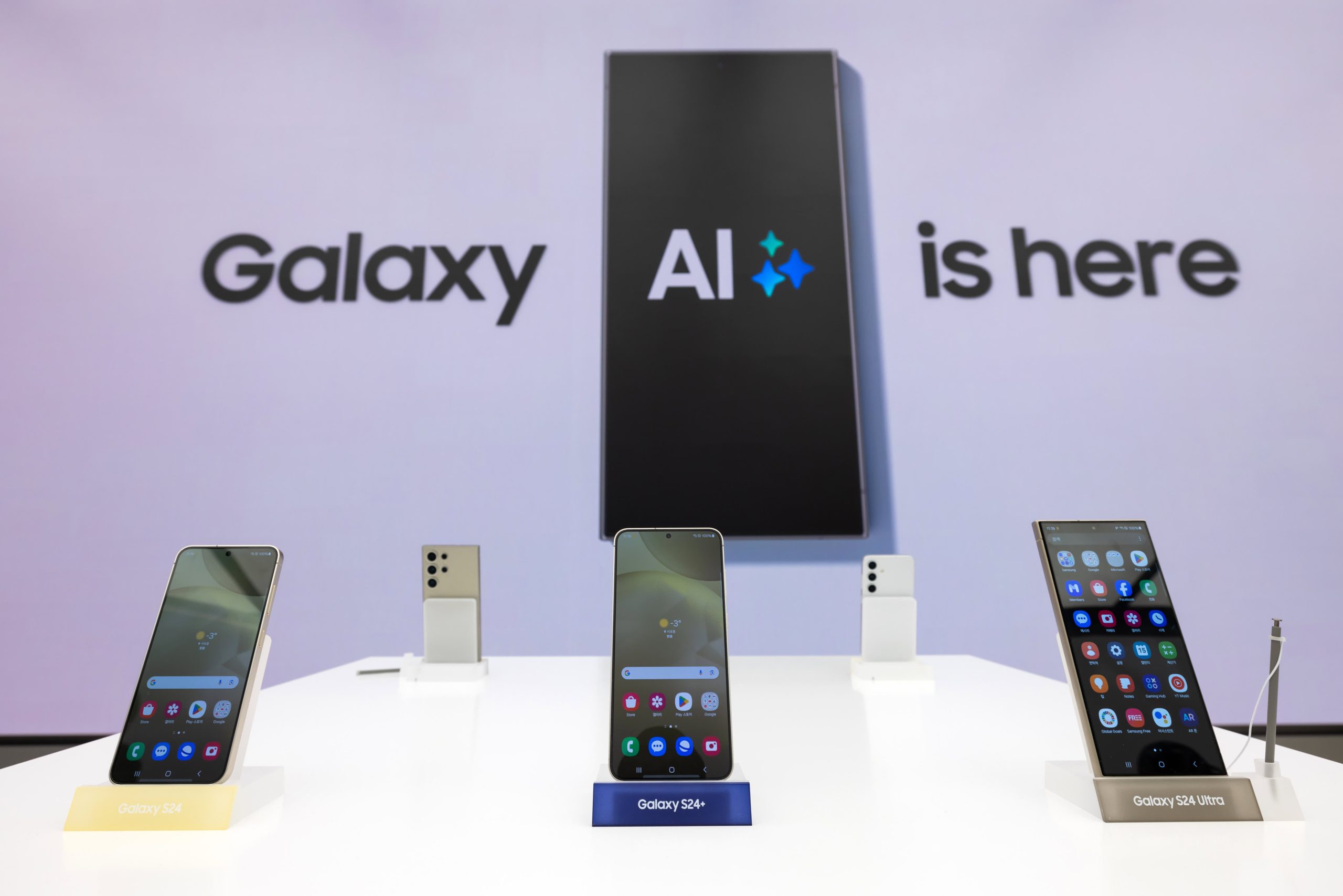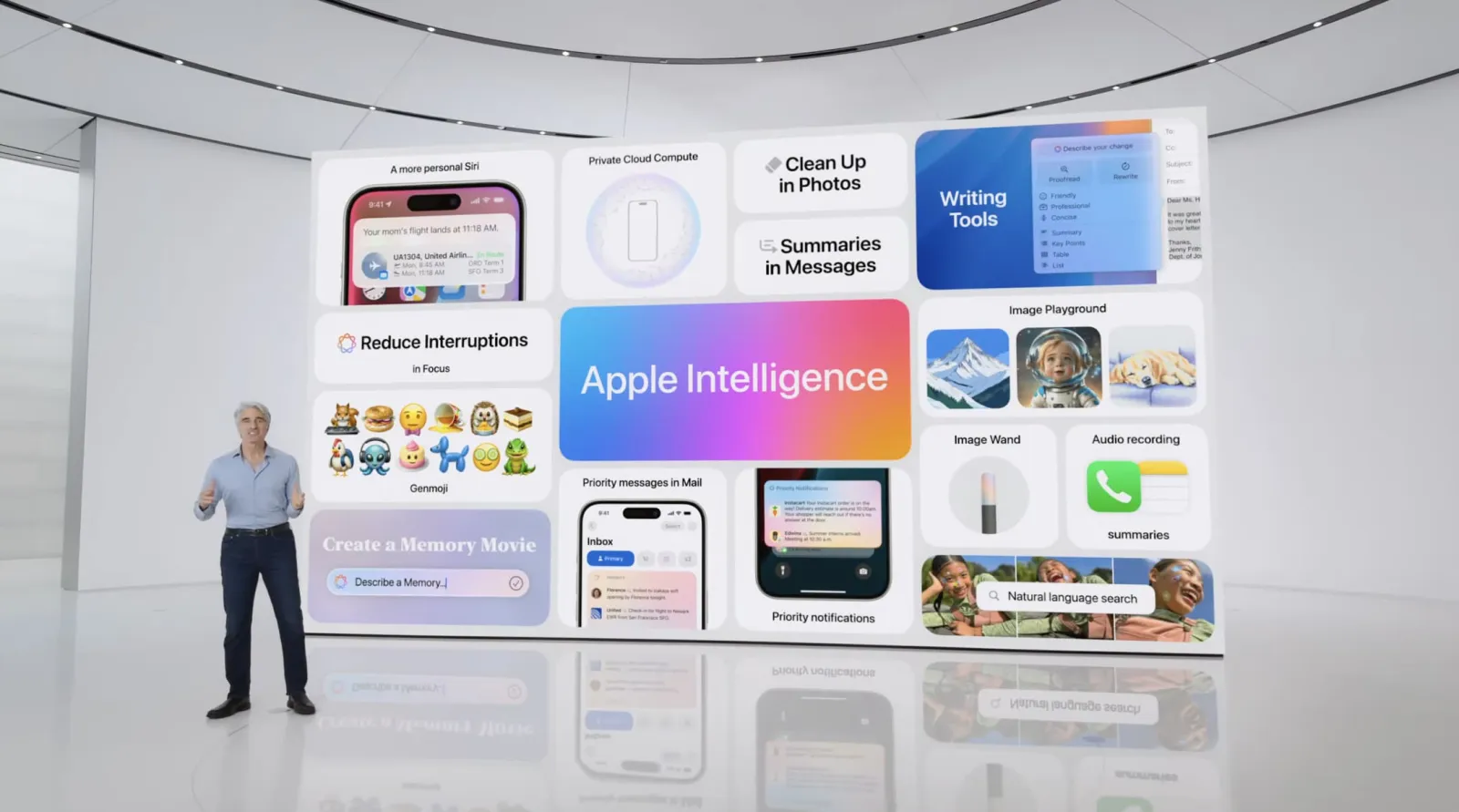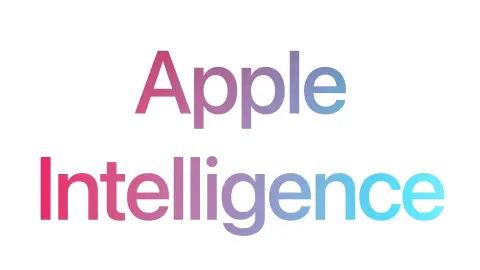Highlights
- Samsung offers customizable AI for personalized convenience.
- Google focuses on creative and fun AI tools for user empowerment.
- Apple prioritizes privacy with secure on-device AI processing.
- Each company tailors AI to meet distinct user needs and preferences.
As artificial intelligence (AI) capabilities advance, major smartphone makers are racing to integrate AI features tailored to different user values.
Let’s explore how Samsung, Google, and Apple approach AI on their phones.
Samsung: Gives Users Control Over Their AI Experience

True to its ethos of user choice and convenience, Samsung has used AI across Galaxy phones in a number of ways to make it even more customisable.
The company knows one size doesn’t fit all when it comes to AI help.
Take the article summarising tool on the Samsung Internet app, for example – you have the option to have a brief “Standard” summary, or a longer “Detailed” version with more context.
This feature, called Live Translate, translates the languages in real-time over the phone.

The voice types, speech rates, and preferences of the language could be adjusted accordingly.
Samsung’s approach empowers users to mould their AI experience according to personal needs.
Whether it’s tweaking the summary length or fine-tuning translation settings, Galaxy owners have the flexibility to make AI truly their own.
Google: Focuses on Innovative AI for Enhanced Experiences

Google was one of the very first to emphasize AI as a primary selling point for smartphones with the Pixels.
The approach Google takes to this implementation is more about creative enablement and bringing fun into daily life.
Magic Editor is one good example where, at the tap of a button, one can edit photos with professional-grade manipulation.

Audio Magic Eraser goes further still – to remove specific sounds in videos for better clarity.
But probably the most enjoyable is “Best Take,” which utilizes facial-expression analysis to allow you to choose, out of a group photo, the take with the most flattering look for everyone in it – a little weird, but incredibly useful.
Google’s approach showcases AI’s potential to spark creativity and enhance user experiences in delightfully unexpected ways.
Apple: Keeps AI Processing Private and Transparent

Although avoiding the use of the term “AI,” Apple has announced a slew of “Apple Intelligence” features that incorporate privacy and security centre stage.
In common with most of these, processing takes place on-device.
When processing in the cloud is also required, the company relies on its own servers running Apple silicon; far more important, users are prompted to grant permission before any Privacy request is sent to servers run by Apple, or third-party services like ChatGPT.
This privacy-centric approach thus resonates with users fearful of the risks associated with AI.

It aims to create a sense of comfort and trust around its facilities for AI by keeping things as local as possible and giving control over cloud interactions.
From Samsung’s customizable convenience to Google’s creative innovations and Apple’s privacy-first mindset, each tech giant is carving its own niche in the AI smartphone space – catering to distinct user needs as the technology continues to evolve.
FAQs
How does Samsung implement AI on its smartphones?
Samsung integrates AI with a focus on customization, allowing users to adjust features like article summarization and live translation settings to suit their preferences.
What AI features does Google offer on its Pixel phones?
Google provides creative AI tools such as the Magic Editor for photo manipulation, Audio Magic Eraser for sound removal in videos, and the “Best Take” feature for choosing the best facial expressions in group photos.
How does Apple ensure privacy with its AI features?
Apple processes most AI tasks on-device to keep user data confidential and uses secure servers for additional processing, with user permission required for any cloud interactions.
What is the main focus of AI integration for each smartphone maker?
Samsung focuses on customization, Google on creativity and fun, and Apple on privacy and security, each catering to different user values and needs.
Why do users trust Apple’s AI features more than others?
Apple’s privacy-centric approach, with on-device processing and transparent cloud interactions, creates a sense of comfort and trust among users concerned about data security.
Also Read: Top photo, Video Editing Apps for iPhone Users: Canva, Lightroom, Picsart and More
Also Read: Top 5 AI Photo Editors To Use For Mind Blowing Transformations
Also Read: Apple Intelligence: AI-Powered Enhancements Boost Company Stock to Record High
Also Read: Apple to Integrate OpenAI Technology in iOS 18: Enhancing AI Features
Also Read: One UI 6.1: All You Need To Know About Samsung’s Next AI Frontier
